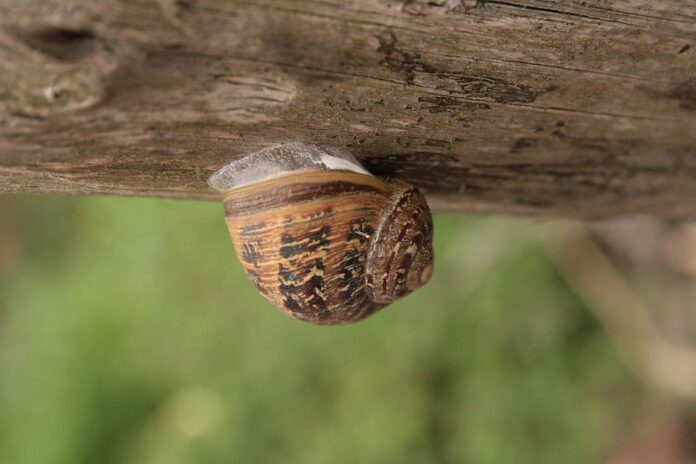Estivation is when animals are dormant because the weather is hot and dry. It is the opposite of hibernation which is when animals go to sleep in winter. Are there animals you know that estivate in summer? If not, feel free to take a look and see what they are with us below.
1African Lungfish
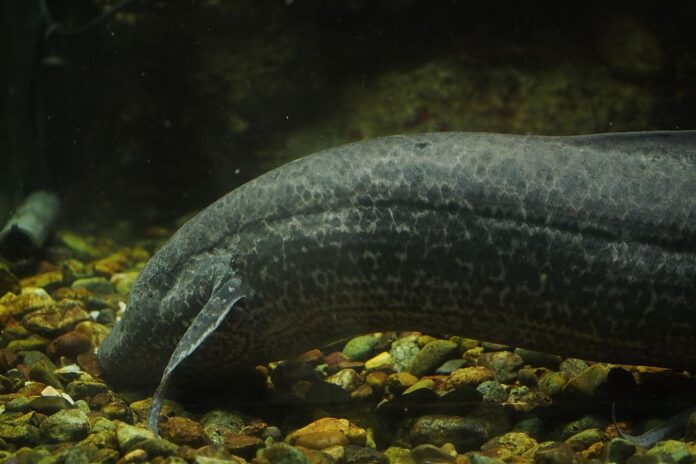
While most fish suffer and die in drought, the African lungfish has its way to survive which is estivation. When the temperature starts to heat up and the water starts to dry out, it begins to estivate. African lungfish do so by going underground, burrowing into the mud, and generating mucus around its body to retain moisture. The mucus covers the fish’s body like a protective shell but it allows enough airflow so that it can still breathe. An African lungfish can estivate for up to 4 years if there is no rain or water for them to swim again. These air-breathing fish can survive in both drought and on land, and that is how fascinating they are.
2Bogong Moth
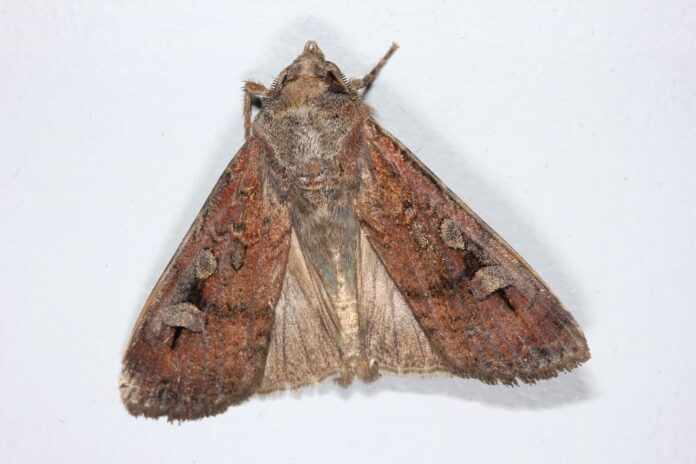
This is a night-flying moth species that migrate long distance towards and from the Australian Alps. In spring, these moths migrate east or south to where they live in mountains such as Mount Bogong. During the estivation, the moths stay in cool and dark caves, crevices, under fallen tree trunks, or under freestanding rocks. Those are the places with stable humidity and temperatures which is ideal for their estivation. The moths estivate there over the summer before they return to the breeding grounds when the conditions are favorable.
3California Tiger Salamander
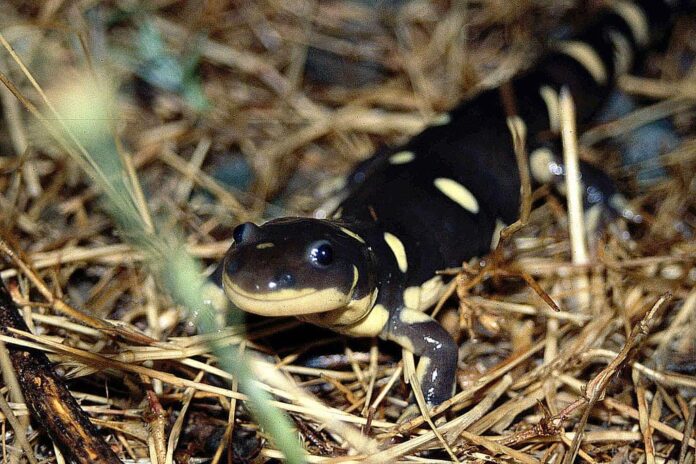
This species of salamander lives in burrows underground made by burrowing animals near vernal pools or similar water bodies. Native to California, summertime conditions starting in June are extremely hot and dry for these salamanders to survive. So they enter a dormant state and go to an estivation state where they remain in the burrows underground. The California tiger salamanders stay in the burrows during those dry months and come out around November. That is when the conditions are favorable and the breeding season starts.
This salamander species may reproduce only once, and some of them don’t reproduce at all if they cannot find a pond for mating. In the case of reproduction, a female can lay up to 1,300 eggs attached to vegetation in the pond. The eggs will hatch within 10 to 14 days, and they will stay until they transform into juvenile adults. Around late spring, they will leave the ponds to find burrows where they will live in and estivate during summer.
4Crocodile
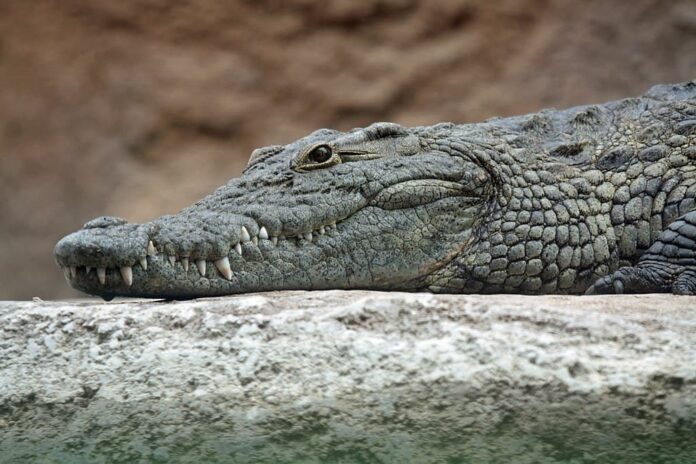
As cold-blooded animals, crocodiles cannot generate heat and they prefer to live in tropical areas close to wetlands. So when the hot dry season comes, they will move underground which is cooler and more humid for them to survive. During the time of estivation, crocodiles remain inactive and spend up to 4 months underground without access to food or water. That is when their bodies have to adapt to different ways of living. Those include the changing of breathing and overcoming the demands of food as they live under the ground. When the dry season ends, the rain starts to fall, and the crocodiles emerge from their state of dormancy.
5North American Desert Tortoise
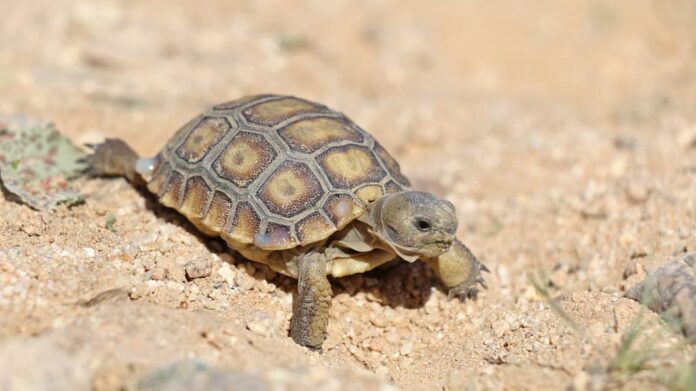
Living in the deserts, this tortoise species adapt to the changes and the climate very well. When the temperatures soar high in summer, they will stay in their burrows underground for a day or two. The burrows allow them to keep cool when the food is scarce and the temperature is hot. Sometimes they stay in for a few days while other times it can take weeks or longer than that. North American desert tortoises survive without food and water if they have plenty to eat and drink during spring. When cooler weather arrives, they will emerge from their burrows and start looking for food again.
6Snail
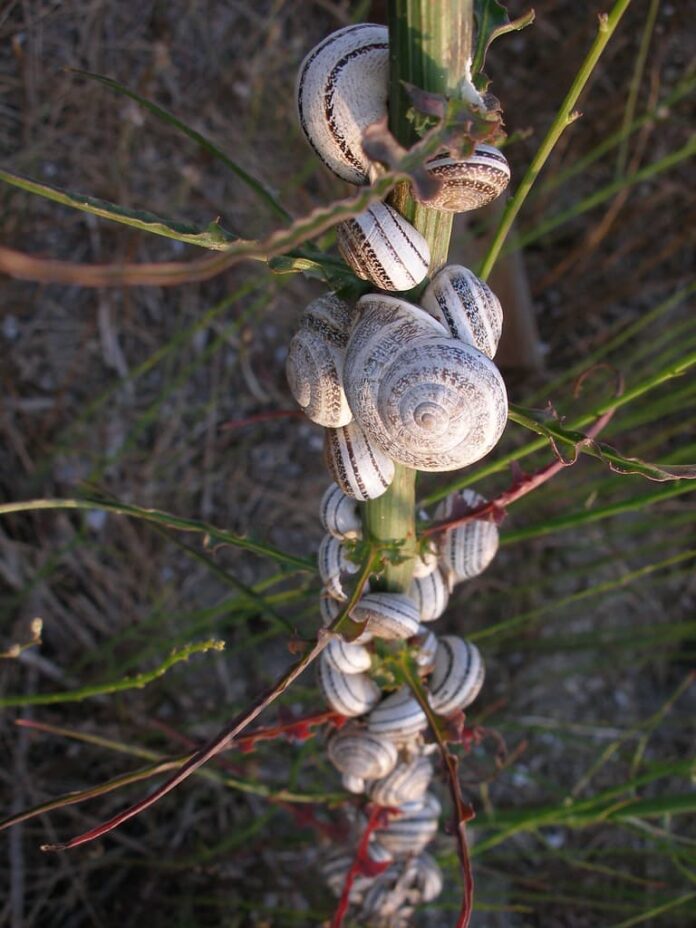
Here you are looking at one of the unique animals that both estivate and hibernate. If the weather is too hot, snails can dehydrate and die so they frequently seal themselves inside their shells. During this stage, the snails close their shell mouth with a membrane of dried mucus. This deep sleep can be as long as it needs until the weather conditions become better for them to survive. Some snails estivate on the ground while the others hide in the ground during their estivation.
Things are same in winter, snails can hibernate for up to 3 years. The snails close their shell aperture with a lid as they withdraw further into the shell. This is to achieve air cushions that isolates them further against the cold. A snail can ensure temperatures as low as -40 degrees Celsius if it excretes superfluous water and dissolves large molecules in its blood. During hibernation, a snail’s heartbeat is also reduced to save the energy for vital necessity.
7Water Holding Frog
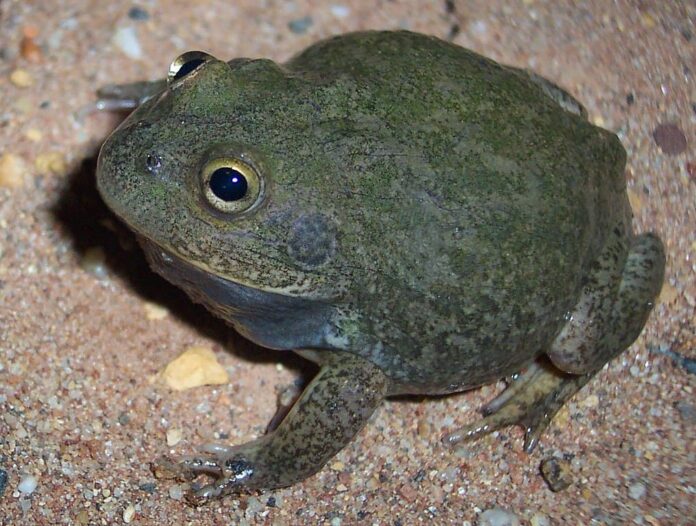
Native to Southern Australia, water holding frogs are one of the animals that estivate when waters disappear. During the hot and dry conditions, it burrows into the sandy ground and becomes inactive to maintain the reduced metabolic rate. In its estivation state, the frog secretes mucus from its skin that hardens around its body. This cocoon covers its entire body except for the nostrils so that it can breathe, and it also helps to prevent desiccation. At the same time, it allows the frog to hold large amount of water and prevents evaporative water loss. The water holding frog has extremely large bladder that functions as water source for the frog. It is so large it can hold enough water for up to 3 years so that the frogs can survive underground.
Related Post: Animals That Hibernate In Winter

